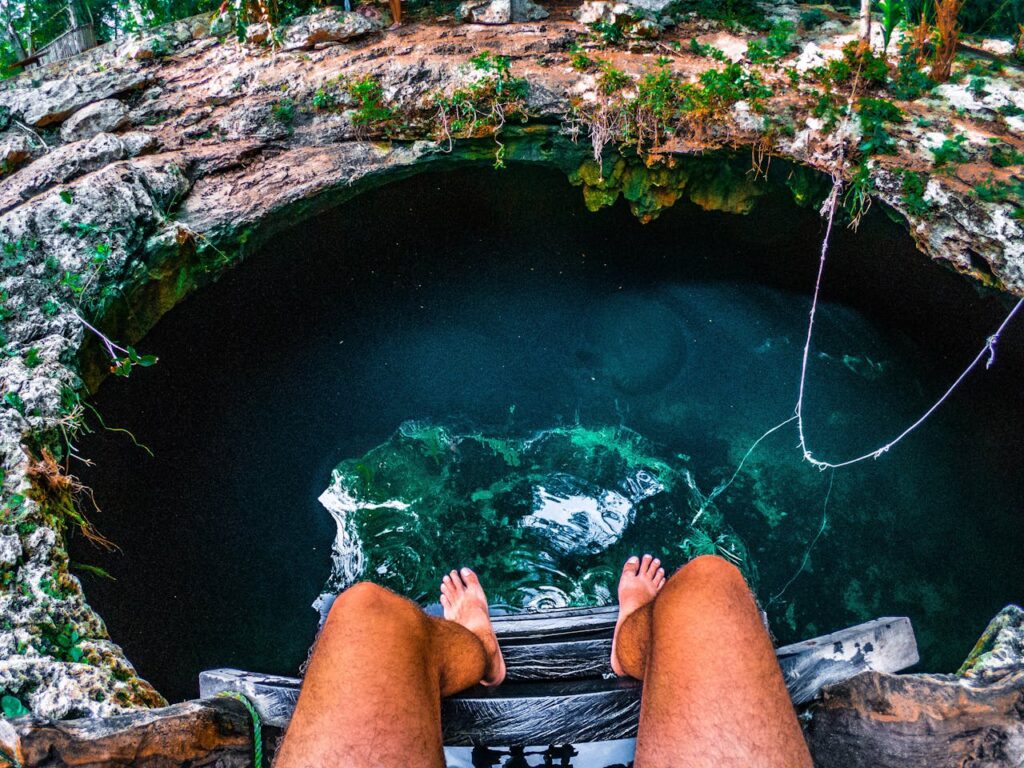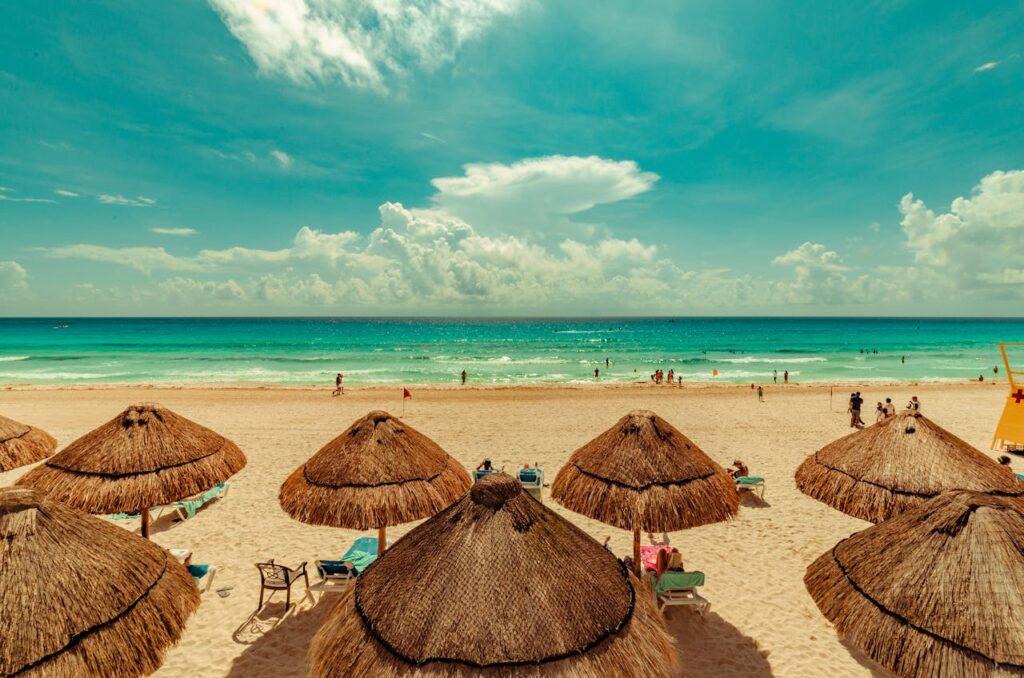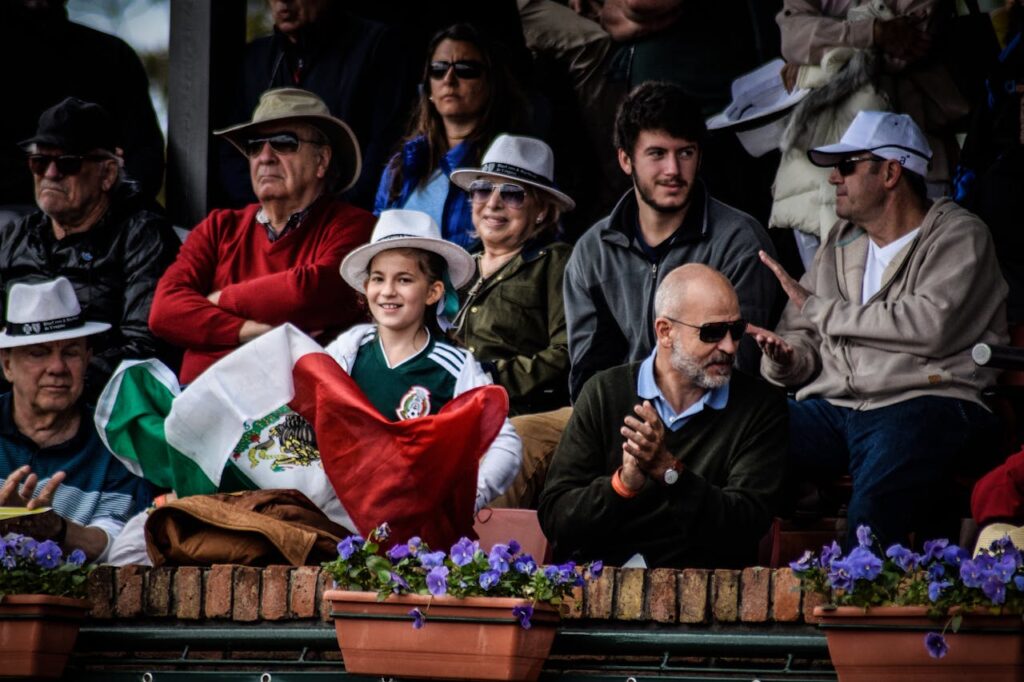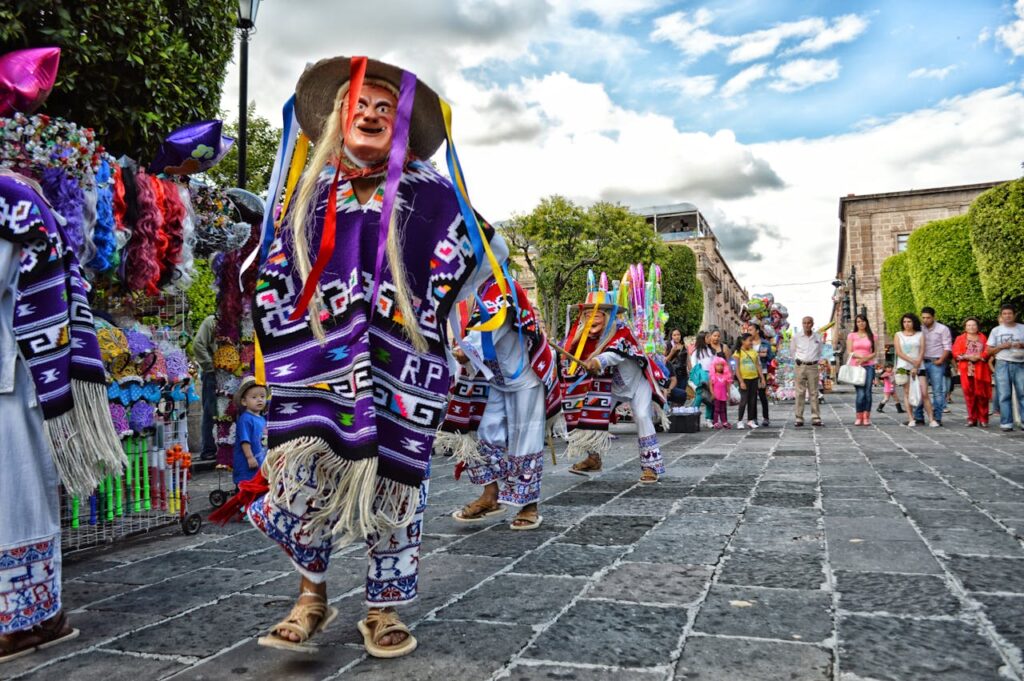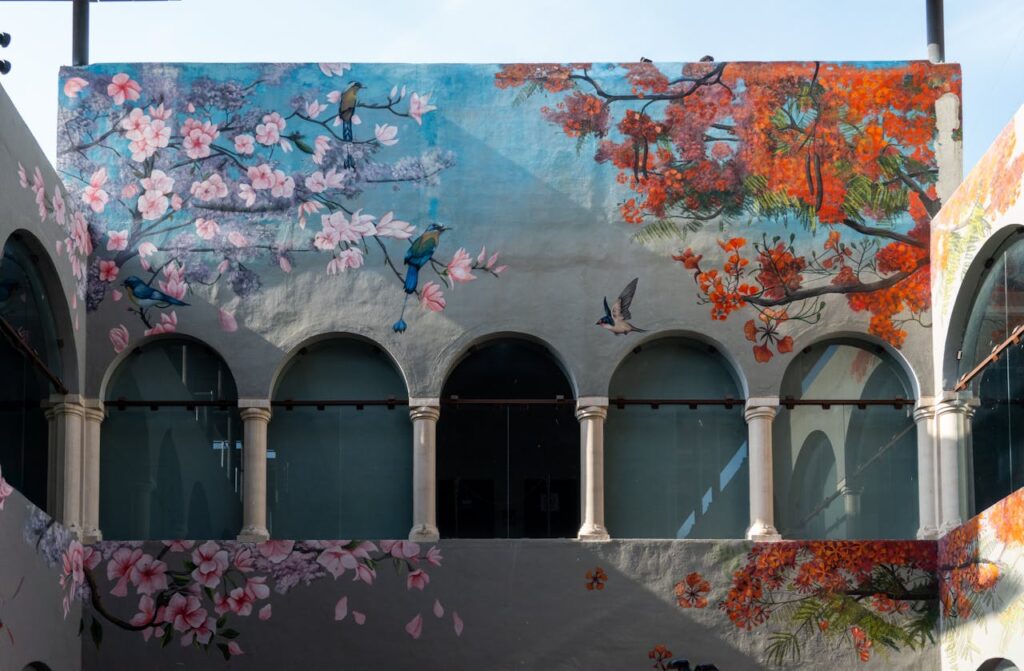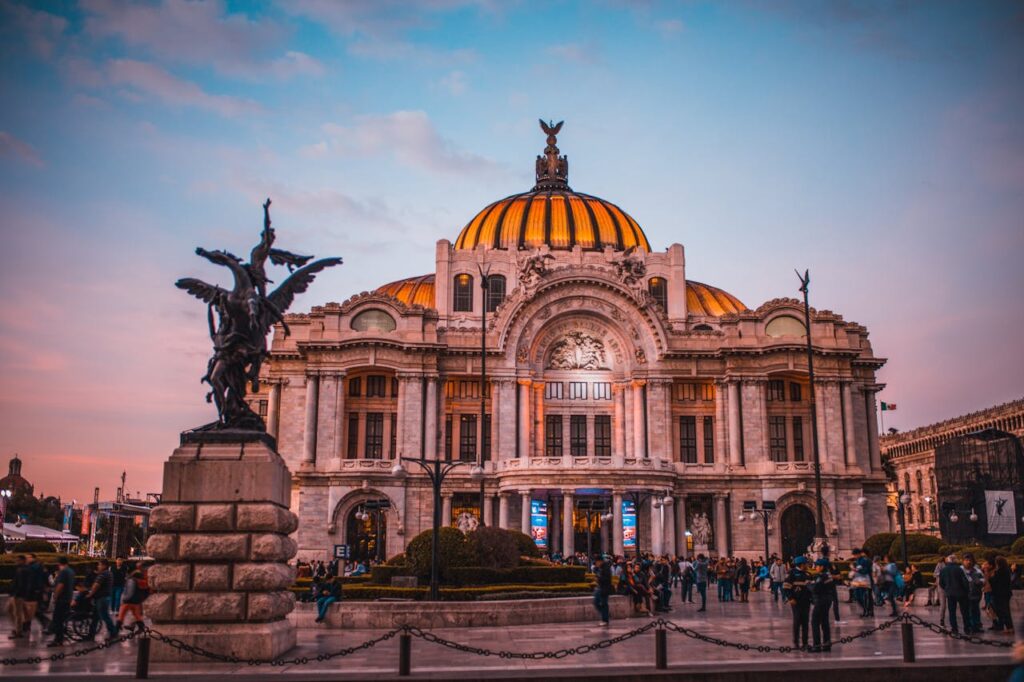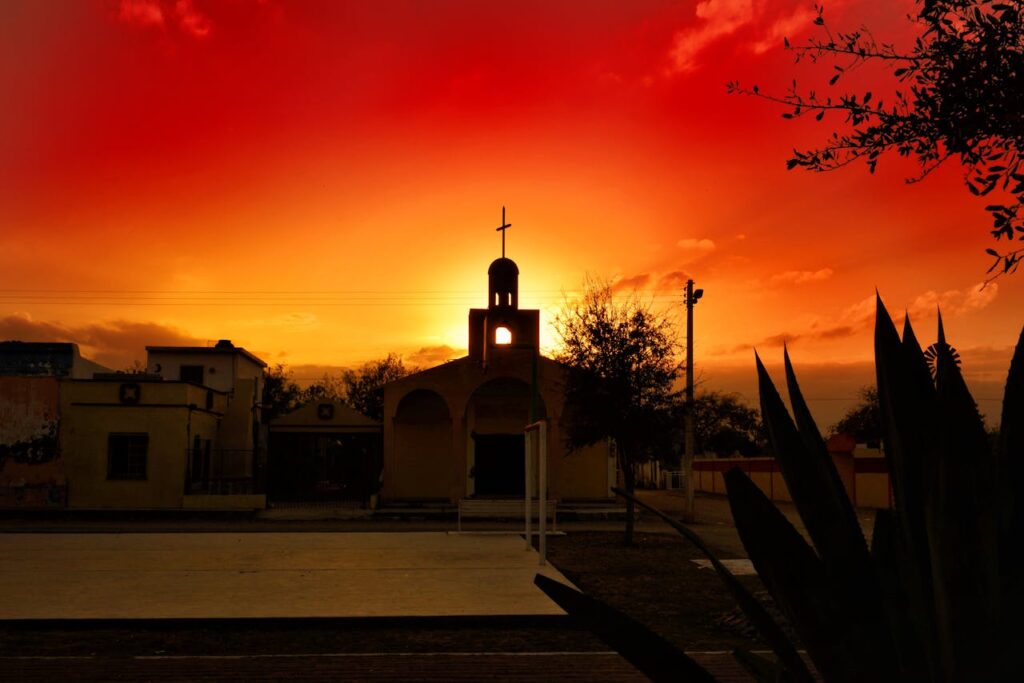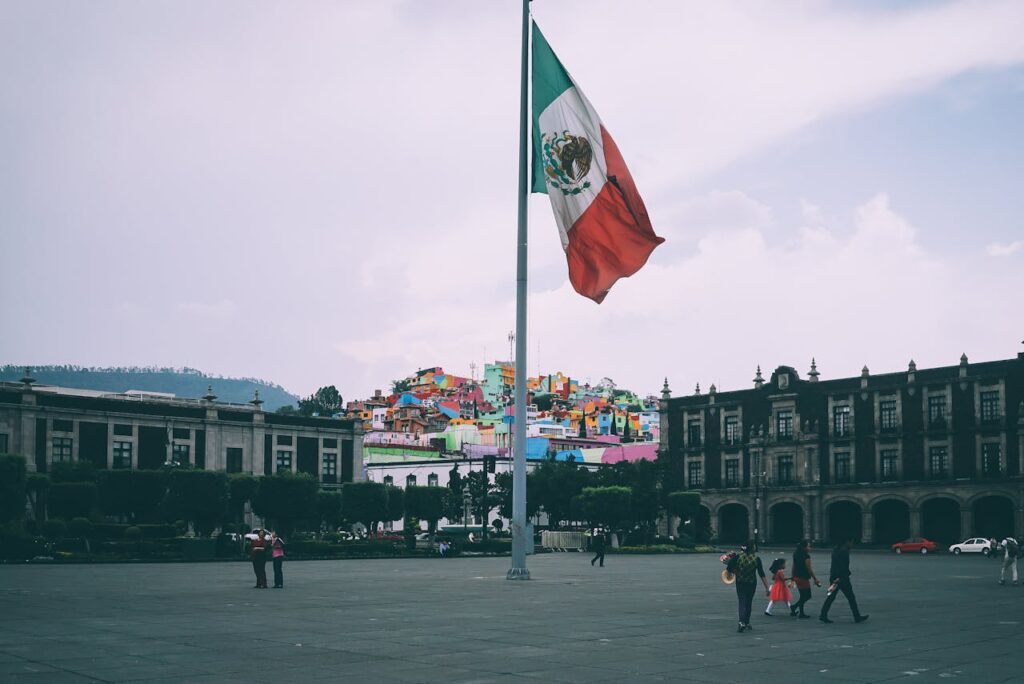Palenque, located in the state of Chiapas, Mexico, is a renowned archaeological site that showcases the grandeur of the ancient Maya civilization. Surrounded by lush jungle, this UNESCO World Heritage Site is known for its well-preserved ruins, intricate carvings, and impressive architecture. Palenque is smaller than some of the other major Mayan cities, but it boasts some of the finest examples of Mayan art and architecture. The area also offers natural attractions, including waterfalls and national parks. Here are some of the best places to visit in Palenque, Mexico:
Best Places to Visit
1. Temple of the Inscriptions
The Temple of the Inscriptions is one of the most iconic structures in Palenque and one of the most significant pyramids in Mesoamerica. This massive stepped pyramid is named for the long hieroglyphic text found within, which details the history and achievements of the city. The temple also serves as the tomb of the great Mayan ruler Pakal the Great. Inside, visitors can see the elaborately carved sarcophagus lid and other significant artifacts. The Temple of the Inscriptions is a must-visit for its historical and architectural significance.
- Key Attractions: Stepped pyramid, hieroglyphic inscriptions.
- Activities: Exploring, learning about Mayan history.
- Location: Central Palenque archaeological site.
2. Palace of Palenque
The Palace of Palenque, often simply called “The Palace,” is a complex of interconnected buildings, courtyards, and towers that served as the administrative and ceremonial center of the city. The Palace is known for its distinctive four-story tower, believed to have been used as an astronomical observatory. The site also features intricately carved reliefs and stuccoes, including depictions of nobles and deities. Visitors can explore the various rooms and passageways, offering a glimpse into the daily life and governance of the ancient Maya.
- Key Attractions: Four-story tower, carved reliefs.
- Activities: Sightseeing, photography, exploring.
- Location: Central Palenque archaeological site.
3. Temple of the Cross Complex
The Temple of the Cross Complex consists of three pyramid-shaped temples: the Temple of the Cross, the Temple of the Sun, and the Temple of the Foliated Cross. Each temple is adorned with elaborate carvings and stuccoes, depicting scenes of rituals and the Maya pantheon. The complex is named for the cross-like symbols found within the temples, which represent the Mayan World Tree. The views from the top of these temples offer stunning vistas of the surrounding jungle and ruins.
- Key Attractions: Pyramid temples, detailed carvings.
- Activities: Climbing, exploring, learning about Mayan mythology.
- Location: Central Palenque archaeological site.
4. Temple of the Skull
The Temple of the Skull, named after a carved skull found in one of its pillars, is a smaller but intriguing structure in Palenque. The temple is part of the larger North Group of buildings and is notable for its unique architectural features and carvings. The temple’s façade includes intricate designs and the depiction of a skull, symbolizing death and the underworld in Mayan culture. Despite its size, the Temple of the Skull provides valuable insights into the religious beliefs and practices of the ancient Maya.
- Key Attractions: Carved skull, unique architecture.
- Activities: Exploring, photography.
- Location: North Group, Palenque archaeological site.
5. Tomb of the Red Queen
The Tomb of the Red Queen, discovered in 1994, is a significant archaeological find in Palenque. The tomb is believed to belong to a noblewoman, possibly the wife or consort of Pakal the Great. The tomb was named for the red cinnabar powder that covered the remains, a practice believed to preserve the body for the afterlife. The tomb’s discovery provided valuable information about Mayan burial practices and the role of women in Mayan society. Although the original tomb is not accessible, replicas and artifacts can be seen in the Palenque Museum.
- Key Attractions: Archaeological artifacts, burial practices.
- Activities: Museum exploration, learning about Mayan culture.
- Location: Palenque Museum.
6. Palenque Museum (Alberto Ruz Lhuillier Museum)
The Palenque Museum, named after the archaeologist who discovered the Tomb of Pakal, houses a vast collection of artifacts from the site. The museum’s exhibits include sculptures, pottery, jewelry, and replicas of the tombs and monuments found in Palenque. The museum offers detailed information about the history, culture, and daily life of the ancient Maya. It is an essential stop for those looking to deepen their understanding of the archaeological site.
- Key Attractions: Artifacts, replicas, educational exhibits.
- Activities: Museum exploration, learning about Mayan history.
- Location: Near the Palenque archaeological site.
7. Misol-Ha Waterfall
Misol-Ha Waterfall is a stunning natural attraction located about 20 kilometers from Palenque. The waterfall cascades 35 meters into a clear pool surrounded by lush vegetation. Visitors can swim in the pool, walk behind the waterfall, and explore a small cave behind the falls. Misol-Ha is a perfect spot for relaxation and enjoying the natural beauty of the Chiapas jungle. The area also has facilities for picnics and camping.
- Key Attractions: Waterfall, swimming pool, cave.
- Activities: Swimming, hiking, picnicking.
- Location: Near Palenque.
8. Agua Azul Waterfalls
Agua Azul Waterfalls, meaning “Blue Water” in Spanish, is another breathtaking natural site near Palenque. The waterfalls are known for their striking blue waters, caused by the high mineral content in the limestone-rich river. The area consists of a series of cascading waterfalls and pools, offering numerous spots for swimming and relaxation. The vibrant color of the water and the lush jungle surroundings make Agua Azul a popular destination for nature lovers and photographers.
- Key Attractions: Blue waters, cascading waterfalls.
- Activities: Swimming, exploring, photography.
- Location: Near Palenque.
9. Temple of the Count
The Temple of the Count is a notable structure in the Palenque archaeological site, named after Count Jean-Frédéric Waldeck, a 19th-century explorer who lived in the temple while studying the ruins. The temple features a simple yet elegant design, with a stairway leading to a small temple at the top. The structure offers a unique perspective on the architecture of Palenque and provides excellent views of the surrounding area.
- Key Attractions: Historical significance, architectural design.
- Activities: Exploring, photography.
- Location: Central Palenque archaeological site.
10. Palenque National Park
Palenque National Park encompasses the archaeological site and the surrounding jungle, offering visitors a chance to explore the region’s rich biodiversity. The park is home to a variety of wildlife, including howler monkeys, toucans, and jaguars. Visitors can hike through the jungle, birdwatch, and experience the natural beauty of the Chiapas region. The park also offers guided tours and educational programs about the area’s flora and fauna.
- Key Attractions: Jungle, wildlife, hiking trails.
- Activities: Hiking, wildlife observation, guided tours.
- Location: Surrounding the Palenque archaeological site.
Summary Table
| Place | Description | Key Attraction | Distance from City Center |
|---|---|---|---|
| Temple of the Inscriptions | Iconic stepped pyramid with hieroglyphic inscriptions | Tomb of Pakal, historical significance | Central Palenque |
| Palace of Palenque | Complex of buildings with a distinctive tower | Carved reliefs, architectural beauty | Central Palenque |
| Temple of the Cross Complex | Group of pyramid temples with detailed carvings | Ritual scenes, Mayan World Tree symbols | Central Palenque |
| Temple of the Skull | Smaller temple with a carved skull | Unique carvings, symbolic significance | North Group, Palenque |
| Tomb of the Red Queen | Significant burial site with artifacts | Archaeological significance | Palenque Museum |
| Palenque Museum | Museum with artifacts and educational exhibits | Artifacts, replicas, historical exhibits | Near Palenque site |
| Misol-Ha Waterfall | Beautiful waterfall with a natural pool | Swimming, hiking, cave exploration | 20 km from Palenque |
| Agua Azul Waterfalls | Striking blue waterfalls and pools | Swimming, photography | Near Palenque |
| Temple of the Count | Historic temple with simple design | Historical significance | Central Palenque |
| Palenque National Park | National park with jungle and wildlife | Wildlife observation, hiking | Surrounding Palenque |
How to Reach Palenque
By Plane
Palenque is served by the Palenque International Airport, which offers flights to and from major cities in Mexico. From the airport, visitors can take a taxi or shuttle to the archaeological site and the town of Palenque.
By Bus
Palenque is well-connected by bus to other cities in Chiapas and neighboring states. The town’s main bus terminal, ADO, offers regular services to destinations such as San Cristóbal de las
Casas, Villahermosa, and Tuxtla Gutiérrez.
By Car
Palenque can be reached by car via well-maintained highways. The drive from San Cristóbal de las Casas takes approximately 5 hours, while the journey from Villahermosa takes about 2 hours. Renting a car provides flexibility for exploring the surrounding area.
Best Time to Visit Palenque
The best time to visit Palenque is during the dry season, from November to April, when the weather is cooler and more comfortable for exploring the ruins and surrounding nature. The rainy season (May to October) can bring heavy rainfall and high humidity, but it also enhances the beauty of the waterfalls and lush jungle.
Travel Tips
- Local Cuisine: Palenque offers a variety of traditional Chiapas dishes, such as tamales, mole, and tropical fruits. Be sure to try the local specialties at nearby restaurants and markets.
- Cultural Insights: Palenque is a site of great historical and cultural significance. Visitors should respect the ruins and follow guidelines, such as staying on designated paths and not climbing on the structures.
- Safety Tips: Palenque is generally safe for tourists, but it’s important to take standard precautions. Keep valuables secure, stay hydrated, and protect yourself from the sun and insects when exploring the jungle.
Itinerary Suggestions
One-Day Trip
- Morning: Start your day at the Temple of the Inscriptions and explore the Palace of Palenque. Visit the Temple of the Cross Complex and enjoy the panoramic views.
- Afternoon: Have lunch at a local restaurant and visit the Palenque Museum to see artifacts and learn about the site’s history. Explore the Temple of the Skull and the Temple of the Count.
- Evening: End your day with a visit to the Misol-Ha Waterfall or the Agua Azul Waterfalls for a refreshing swim and relaxation.
Weekend Getaway
- Day 1: Explore the main archaeological site, including the Temple of the Inscriptions, the Palace, and the Temple of the Cross Complex. Visit the Tomb of the Red Queen at the Palenque Museum and explore the Temple of the Skull and the Temple of the Count.
- Day 2: Spend the day at the Agua Azul Waterfalls, enjoying the blue waters and natural beauty. In the afternoon, visit the Misol-Ha Waterfall and explore the surrounding jungle. Consider taking a guided tour in Palenque National Park to learn about the local flora and fauna.
Palenque offers a captivating journey into the ancient Maya civilization, surrounded by the natural beauty of the Chiapas jungle. Whether you’re exploring the ruins, marveling at the waterfalls, or immersing yourself in the local culture, Palenque promises an unforgettable experience.

